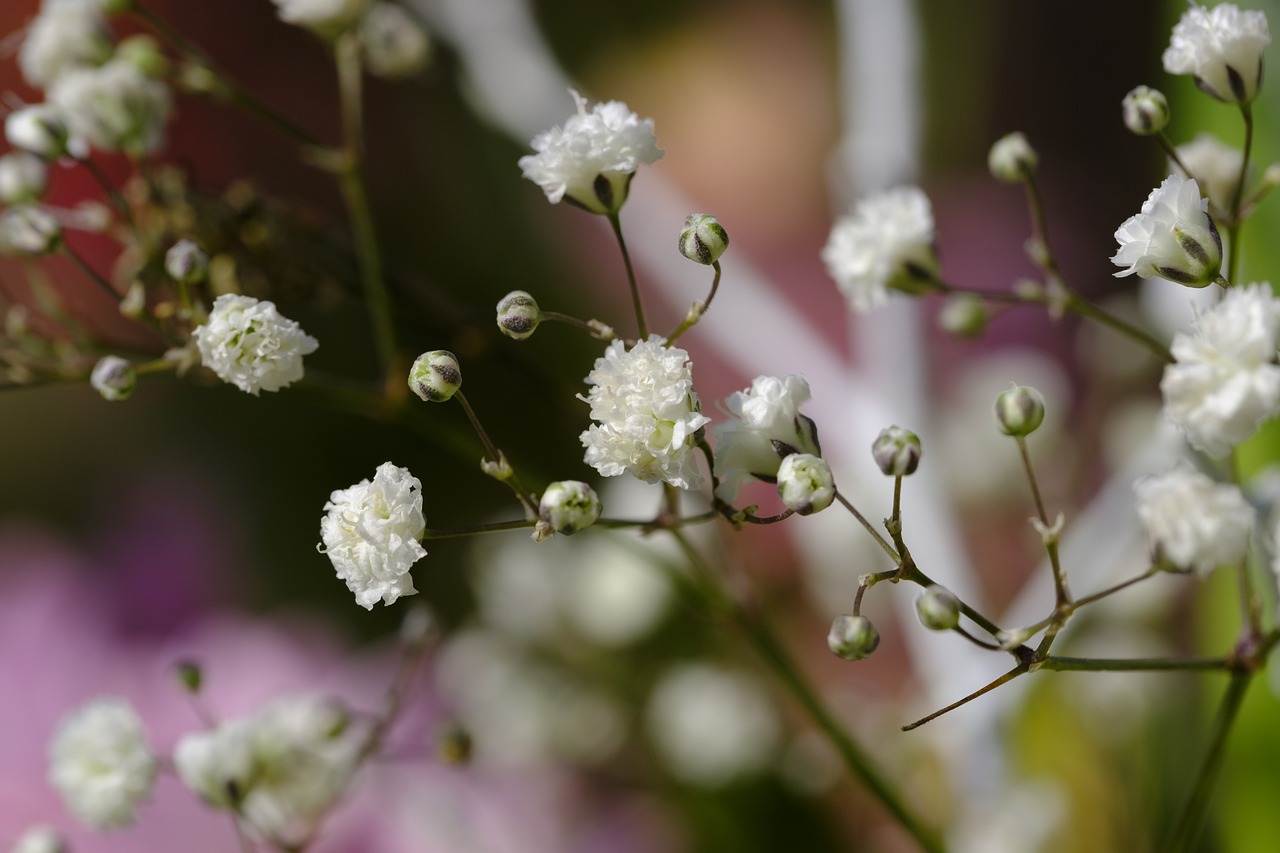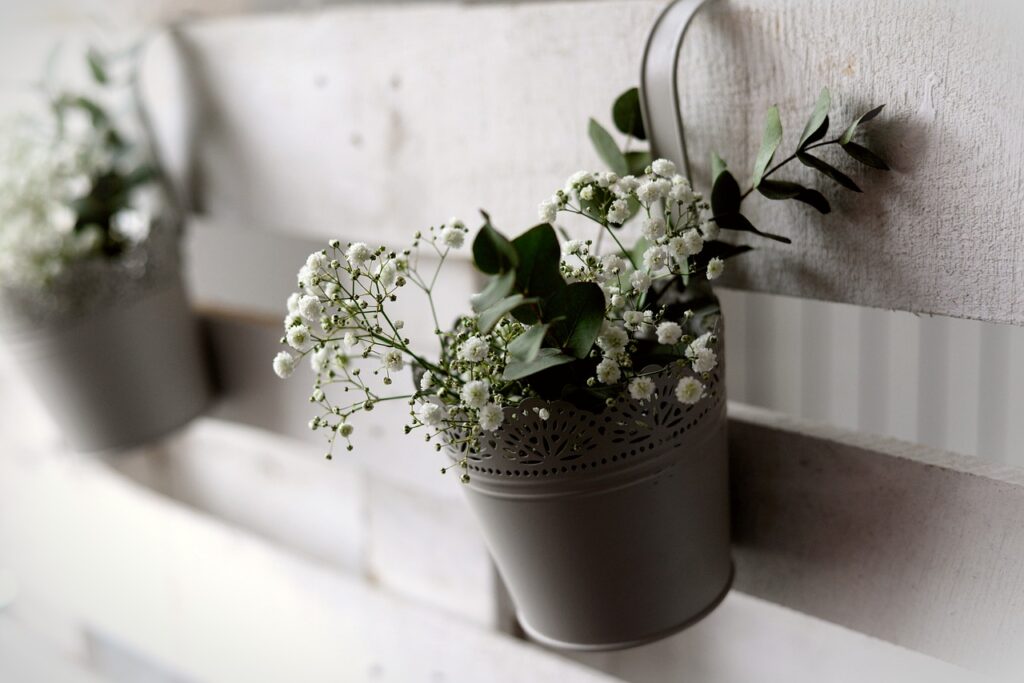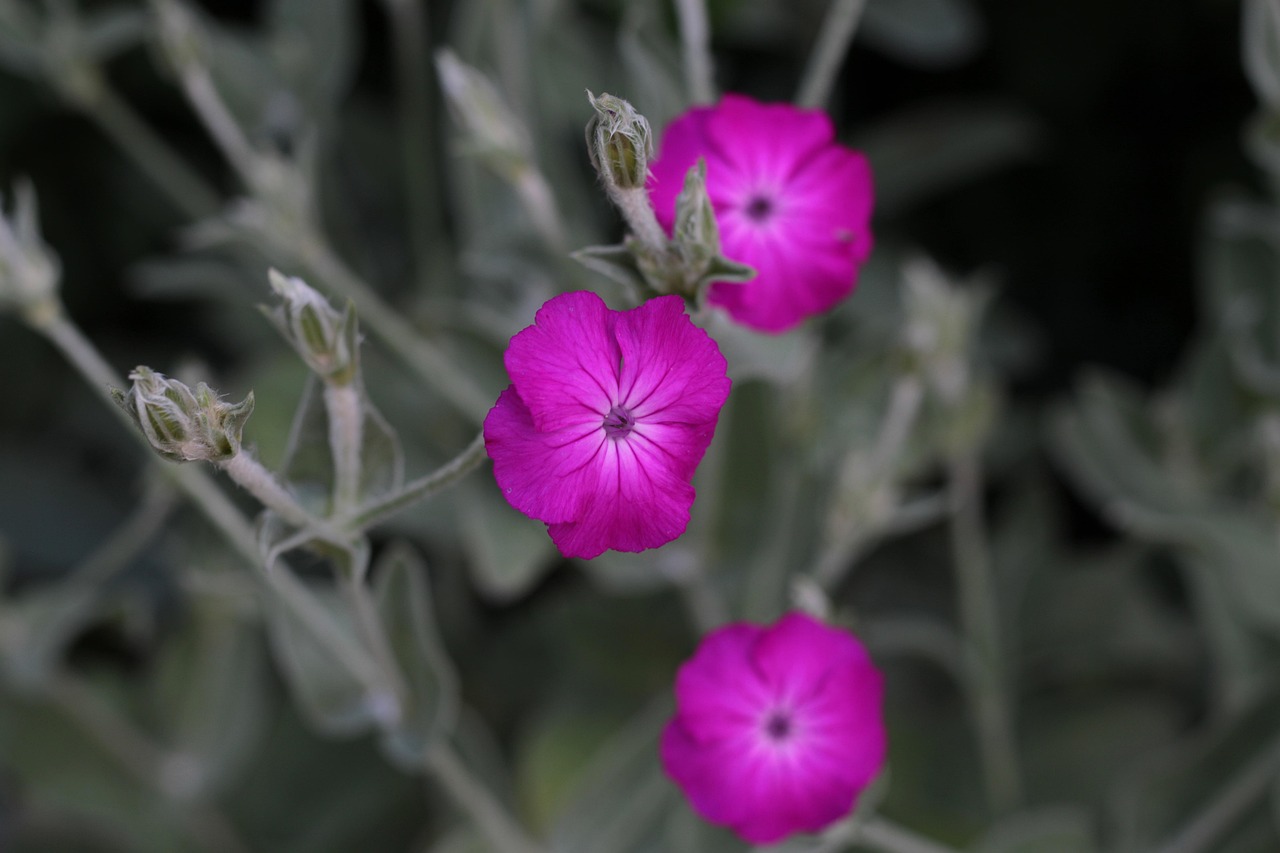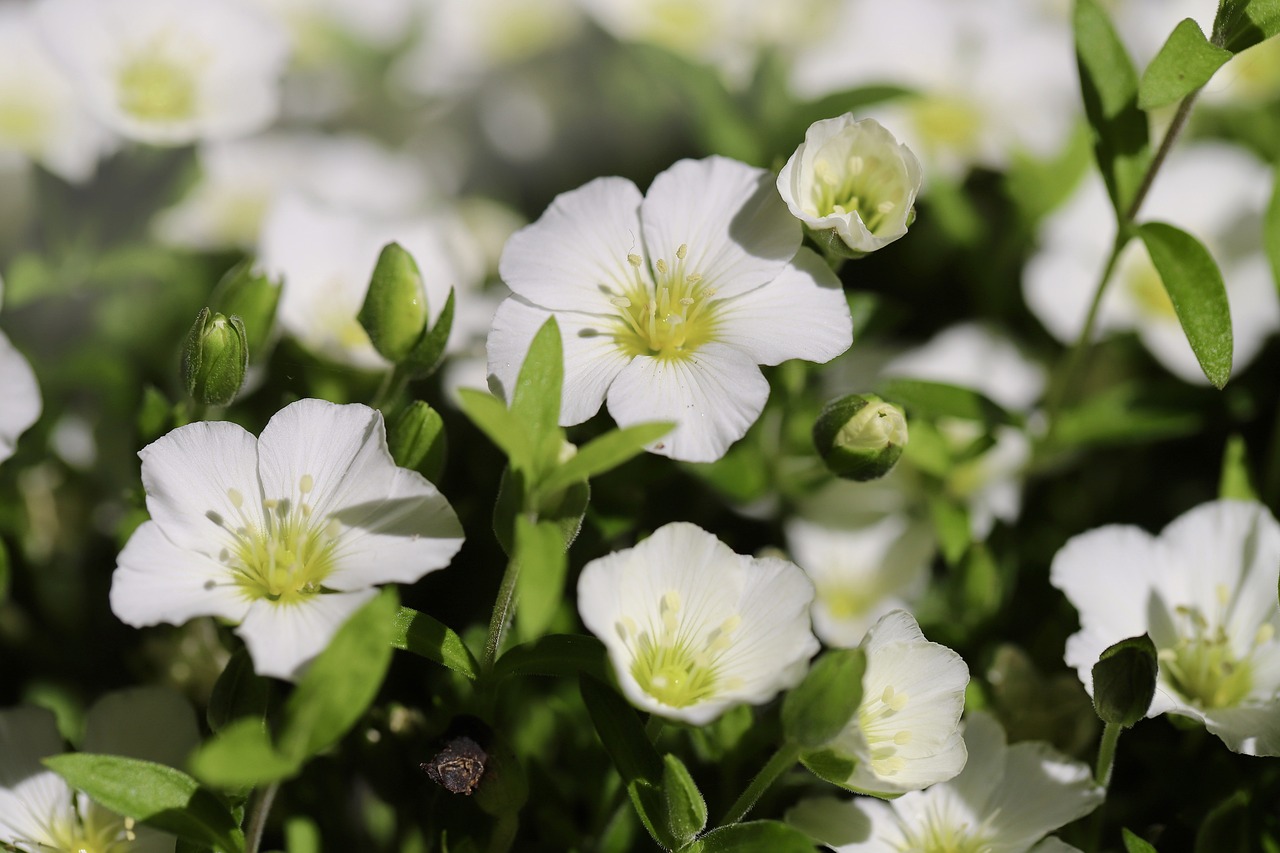Gypsophila | A Graceful Supporting Role in Bridal Bouquets

Gypsophila is a delicate plant whose tiny flowers gently spread across slender branches. Thanks to its refined appearance and soft impression, it is widely cherished in bouquets and floral arrangements.
In this article, I will explain in detail the basic information, cultural significance, history, and cultivation methods of Gypsophila.
Basic Information
- Scientific name: Gypsophila spp.
- Family: Caryophyllaceae
- Origin: Europe, Asia, North Africa
- Appearance: Numerous small flowers bloom at the tips of thin stems. White is the most common color, though pink and pale purple varieties also exist.
- Blooming season: From spring to summer
Cultural Significance Around the World
Gypsophila, with its airy appearance and modest beauty, carries symbolic meanings in many cultures.
In Europe, it is considered a symbol of purity and gentleness, making it an essential element of wedding bouquets and floral gifts. White Gypsophila, in particular, is often used in wedding decorations to celebrate new beginnings.
In the United Kingdom, it is affectionately called “Baby’s Breath”, representing delicacy and tenderness.
In Japan, it symbolizes “purity” and “gratitude.” It is often included in floral gifts for graduations and farewell ceremonies, expressing appreciation and heartfelt emotions.
In the United States, Gypsophila is rarely displayed on its own. Instead, it enhances the beauty of roses, lilies, and other flowers, serving as a graceful supporting role in bouquets and floral art.
Historical Background
Gypsophila spread throughout Europe in the 18th century and gained popularity as a garden plant in the 19th century.
In Britain and France, dried Gypsophila became a popular decorative element for interiors.
By the 20th century, large-scale commercial cultivation had begun in countries such as the Netherlands and Israel, enabling global distribution. Today, it is one of the most common cut flowers worldwide.
In Japan, Gypsophila was introduced during the Taisho period. By the Showa era, it was cultivated extensively for cut flowers. Regions such as Nagano and Fukushima, with their cool climates, have become major production areas supporting Japan’s flower market.
Gardening Advice

Gypsophila is relatively easy to grow, but creating the right environment is essential for long-lasting enjoyment.
Sunlight
Prefers bright, sunny locations. At least six hours of direct sunlight daily is ideal.
Watering
Likes moderate moisture but dislikes excessive humidity. Water when the soil surface dries, avoiding overwatering.
Soil
Well-drained soil is essential. Sandy soil or potting mix enriched with leaf mold is suitable.
Fertilizer
Apply slow-release fertilizer once or twice a month during the growing season. Avoid over-fertilization to prevent weak stems.
Pruning
After flowering, prune to encourage the next bloom. Removing withered flowers and weak stems keeps the plant healthy.
Cold tolerance
Although relatively resistant to cold, frost can damage the plant. In colder regions, mulching or indoor overwintering is recommended.
Conclusion
Gypsophila is a charming plant that produces countless delicate flowers and is loved worldwide.
In Europe, it symbolizes purity and gentleness, frequently used in weddings. In Japan, it is cherished as a flower of gratitude, often given as part of heartfelt bouquets.





